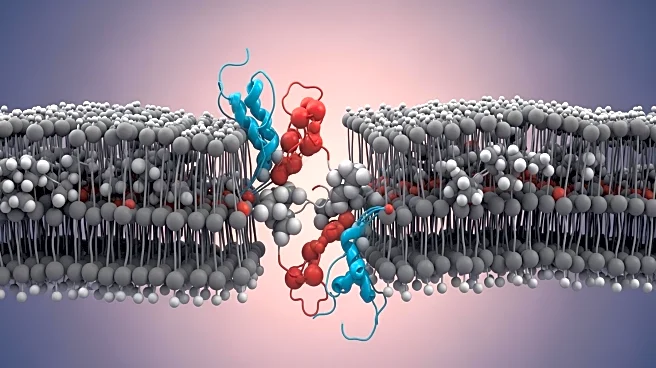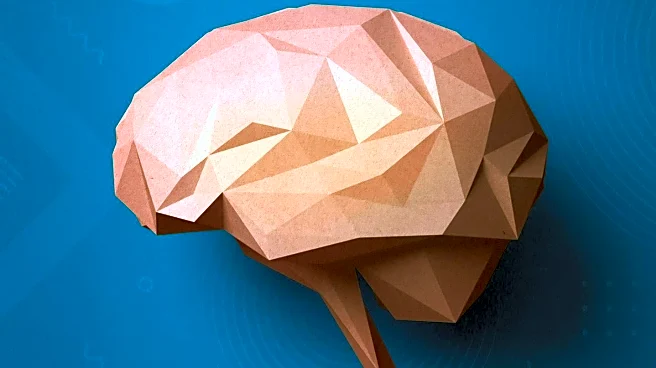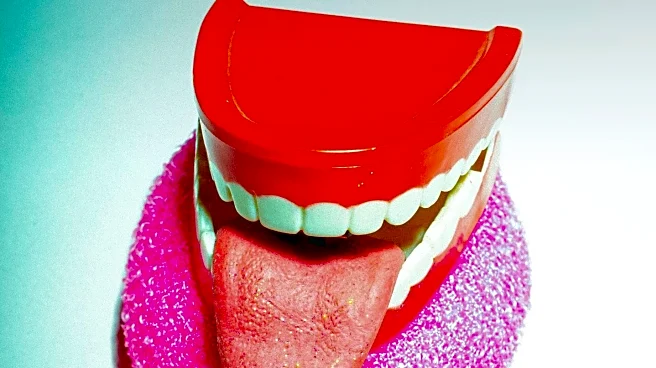What's Happening?
A recent study published in Nature explored the effects of high-flexion postures on central arterial wave reflections. The research involved 22 healthy adults who underwent various limb flexion positions to assess changes in central wave reflection. The study found
that bending the arms increased central diastolic blood pressure, while other measures such as central systolic blood pressure and wave amplitudes remained unaffected. The findings suggest that conduit artery bending has minimal impact on central wave reflections, highlighting the role of microvascular involvement.
Why It's Important?
Understanding the impact of limb postures on arterial wave reflections is crucial for refining models of central pressure augmentation. This research could influence how medical professionals approach the management of blood pressure and cardiovascular health, particularly in designing interventions that target specific vascular regions responsible for wave reflection generation. The study's insights may lead to improved diagnostic and therapeutic strategies, benefiting patients with cardiovascular conditions.
What's Next?
Further research is needed to identify the specific vascular regions responsible for wave reflection generation. This could involve more detailed studies on microvascular involvement and its role in central wave reflections. Additionally, refining central pressure augmentation models will be essential to accurately localize the dominant sources of wave reflection in humans, potentially leading to more effective cardiovascular treatments.
Beyond the Headlines
The study's findings may have broader implications for understanding the physiological effects of posture on cardiovascular health. It raises questions about how everyday activities involving limb flexion could influence blood pressure regulation and overall cardiovascular function. This could lead to new recommendations for physical activity and posture management in clinical settings.













